Decades-Old Fish Removal from a Colorado Pond Uncovers Nationwide Fishing Hotspot Problem
Imagine catching one of the largest fish of your entire life. Well, for those of you fishing in an Arvada park, your chances of catching that big fish are a lot smaller now.
Last week, Colorado Parks and Wildlife officials removed 14 massive, invasive carp from a pond at an Arvada park after introducing the fish as part of a national study.
Bighead Carp Were Discovered
After 30 years, state officials were tipped off to the presence of a bighead carp at Jack B. Tomlinson Park by an angler.
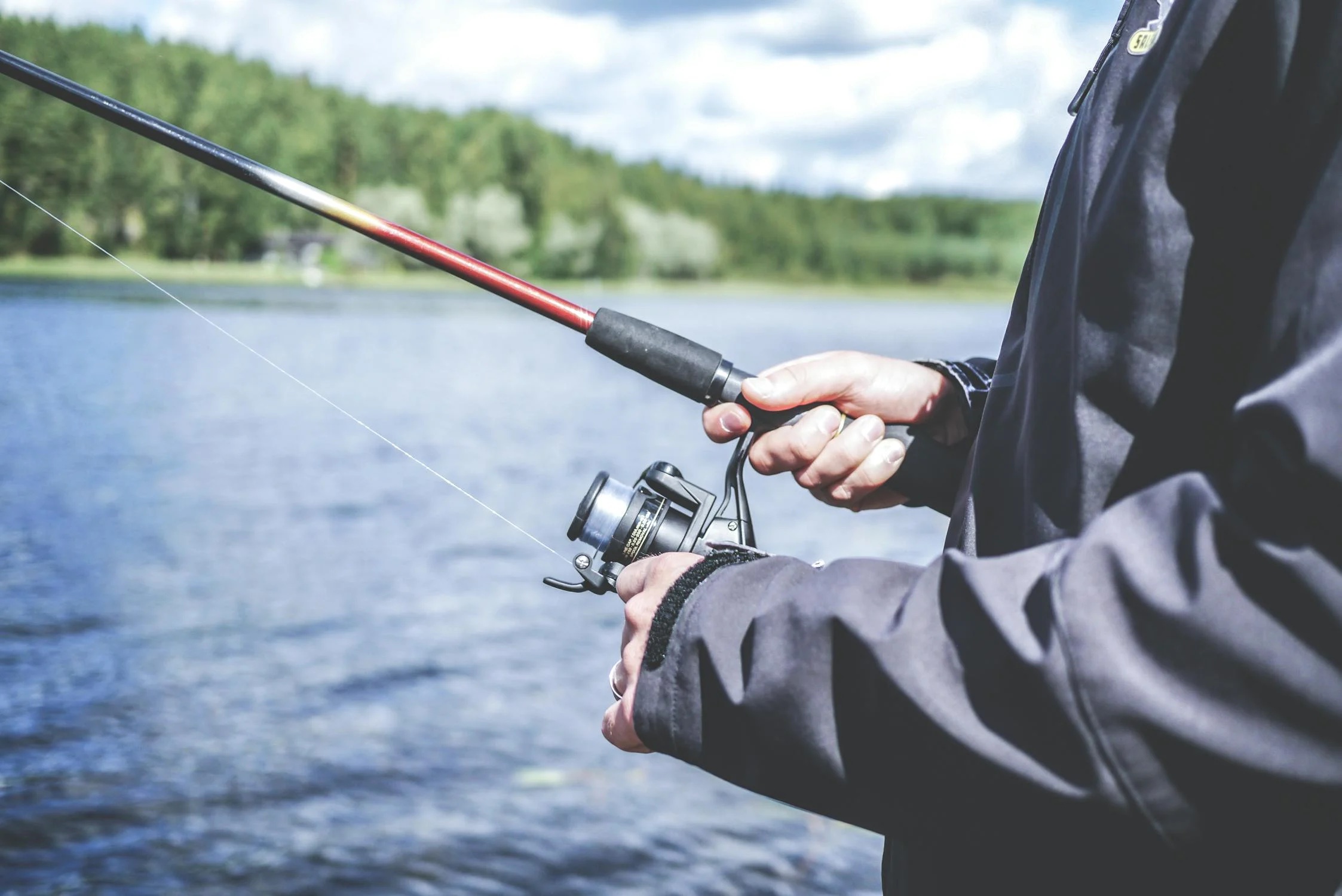
Source: Lum3n/Pexels
While the impacts of the bighead carp are unknown at this time, they are an invasive species that rely on plankton for food, which could lead to reductions in populations.
An Angler Spotted the Fish
“This operation all started with a tip from an angler,” said Philip Sorensen, CPW District Wildlife Manager for Westminster and Arvada in a statement.
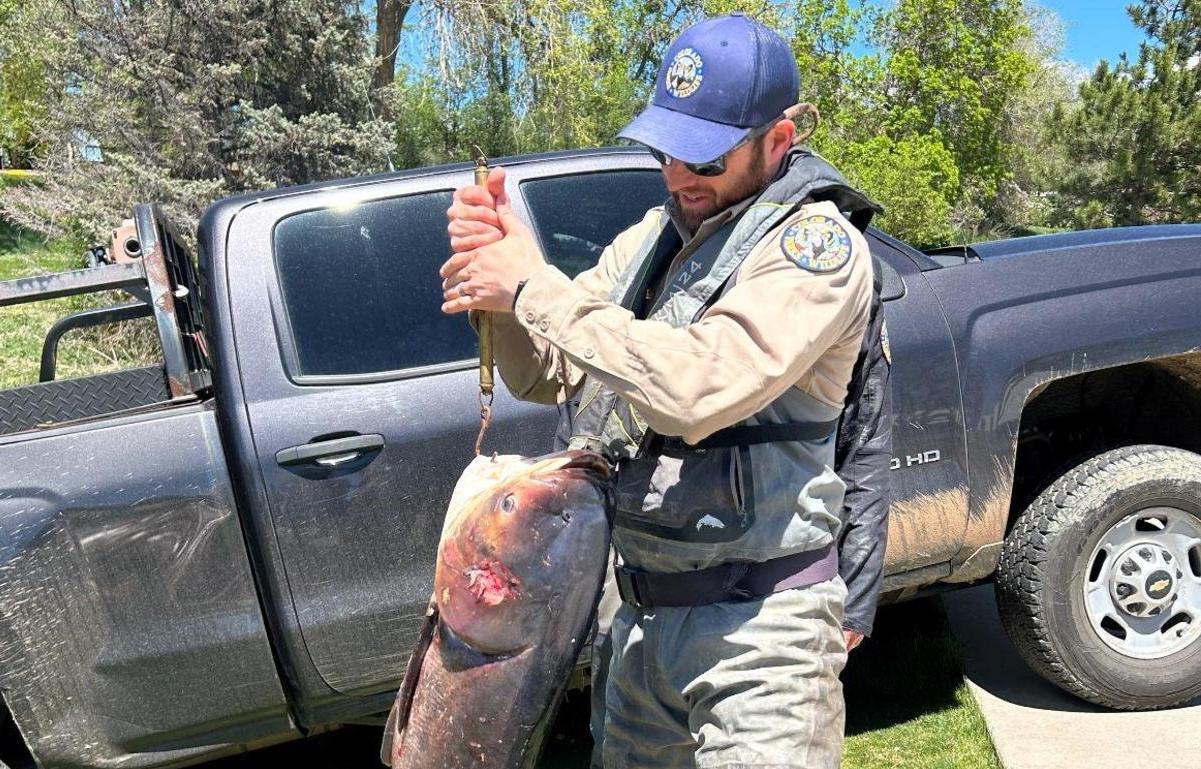
Source: Colorado Parks and Wildlife/Colorado Parks and Wildlife/TNS
“We are grateful when the public reaches out to tell us about invasive species in their neighborhoods. We want to know about the presence of invasive species.”
The Carp Were Removed
Agency officials stated in a news release that they removed the fish after stunning them with an electric current in the water.
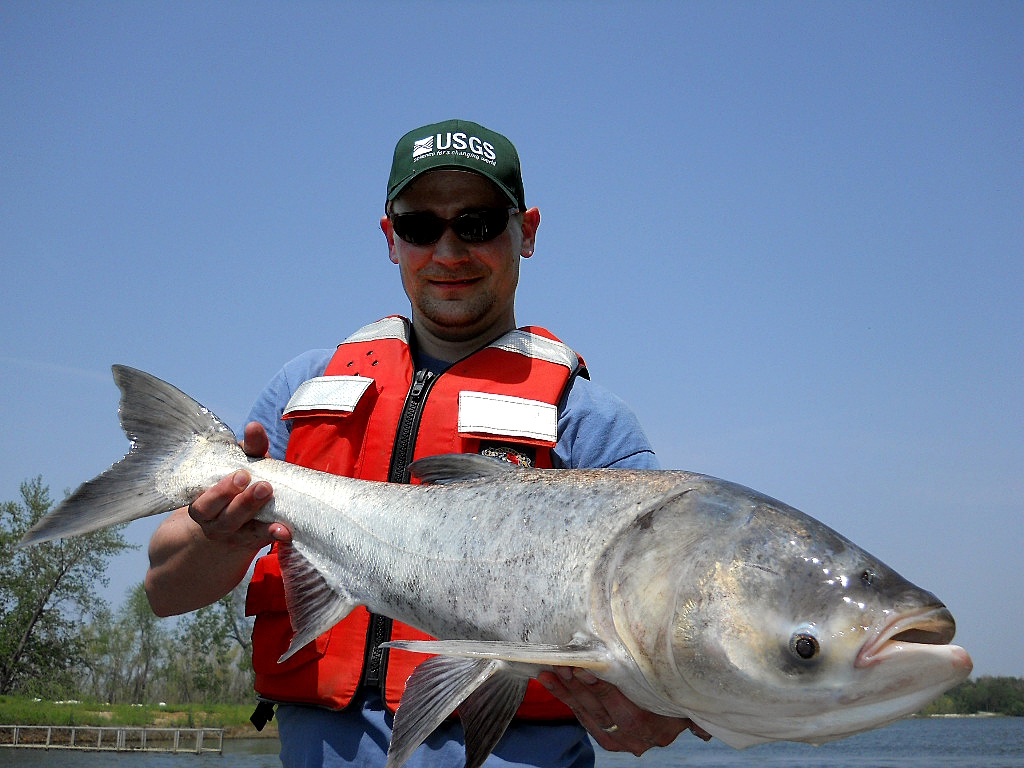
Source: U.S. Geological Survey/Flickr
Officials said (via Tribune News Service) that the 14 carp appeared to be leftovers from a 1992 study to see whether the fish could reduce nuisance algae.
The Carp Were Unusually Large
The CPW spokesperson Kara Van Hoose said in an email to the Tribune News Service that it is unusual for bighead carp to live that long in the water.
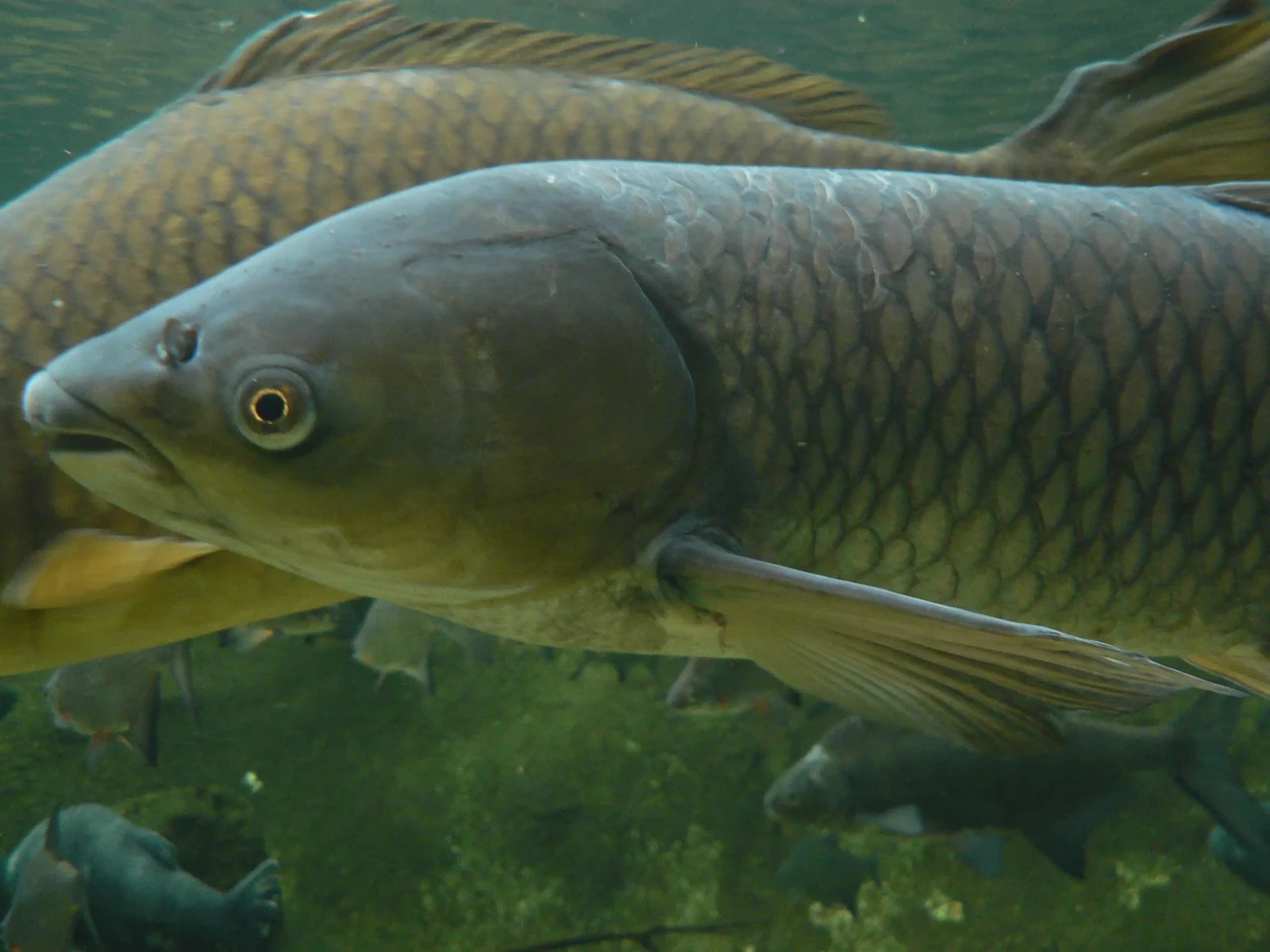
Source: Wikimedia Commons
The carp, which are part of the Asian carp family, typically live for about 16 years, but they can live longer, according to the US Fish and Wildlife Service.
The 14 Fish Were Massive
Each of the 14 fish caught in the pond measured at an average of three feet. The largest of the fish weighed 46 pounds.
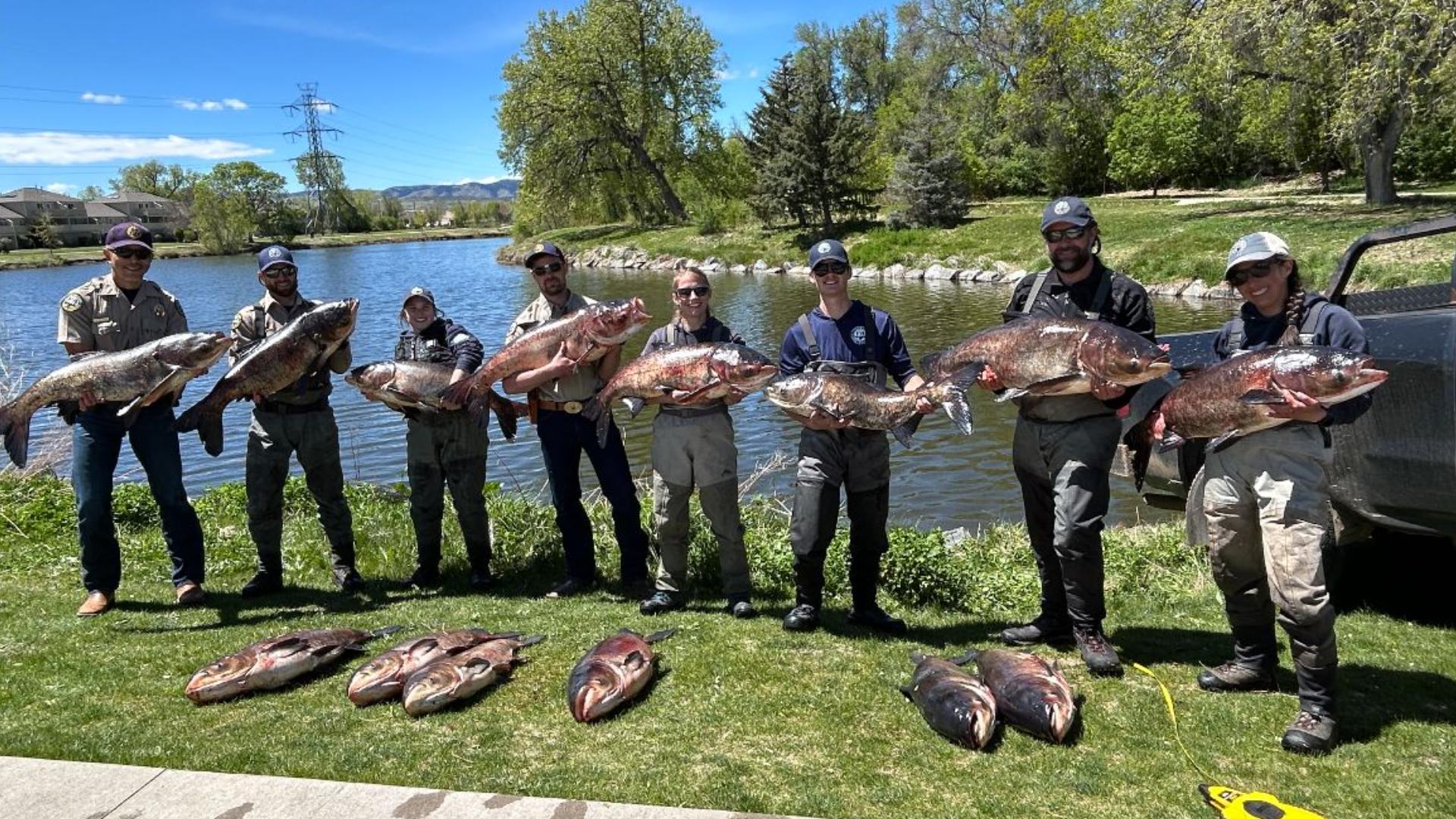
Source: Colorado Parks and Wildlife/Colorado Parks and Wildlife/TNS
CPW found the massive carp by using electrofishing methods, which emit electricity into the water, stunning fish into a temporary stupor.
The Threat of Carp
As mentioned earlier, bighead carp are not native to Colorado. These fish can negatively impact the ecosystem as they compete with other fish for plankton.
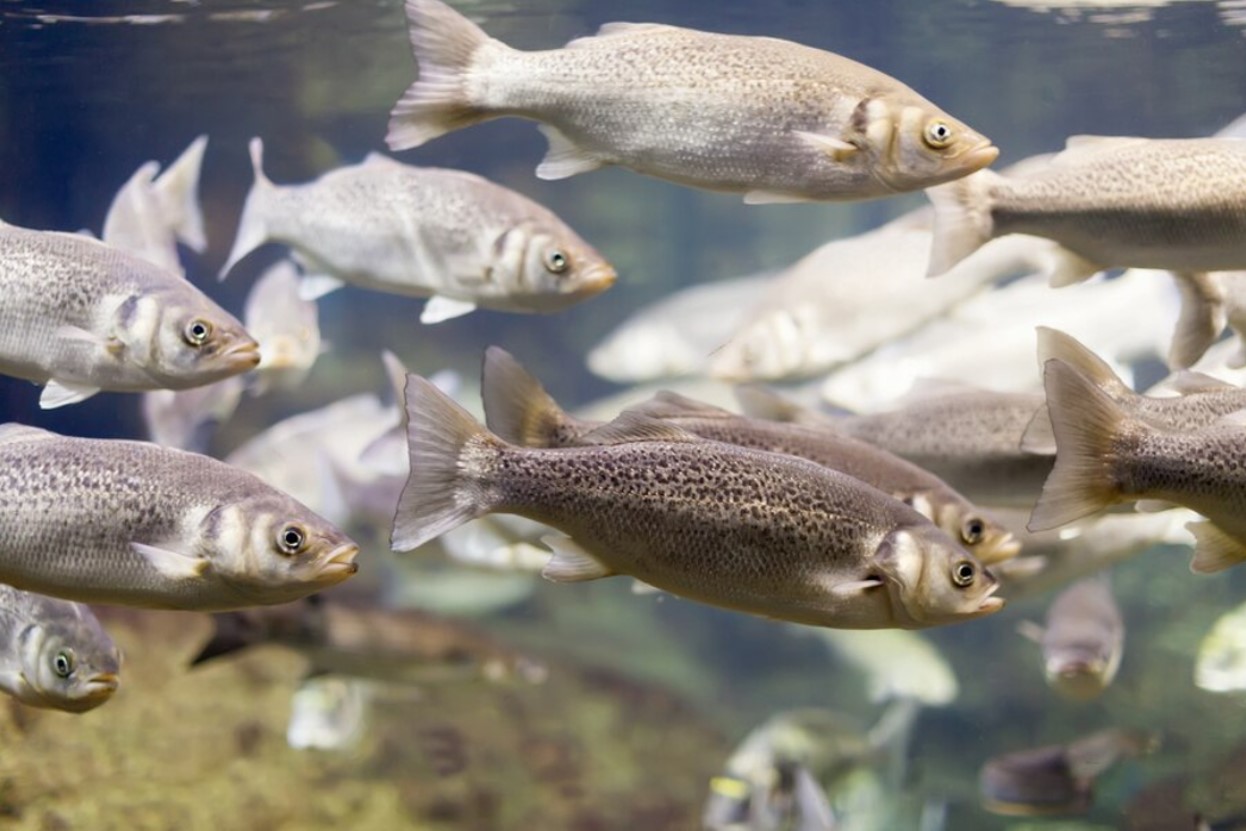
Source: Freepik
The size of the fish indicates that these individuals, which did not reproduce, are the leftover carp from the 1992 study, which ended in 1995.
The Removal of the Carp Never Happened
When the study ended in 1995, the carp were supposed to be removed. However, it seems that the carp stuck around.

Source: Lukas/Pexels
“The size of the bighead carp removed indicates natural reproduction has most likely not taken place, which was the best case scenario,” said Kyle Battige, senior aquatic biologist for the northeast region of CPW, in a statement.
Other Fish Were Outcompeting the Fish
“Bighead carp are filter feeders and can grow to incredible sizes in both small and large bodies of water,” said CPW Invasive Species Program Manager Robert Walters in a statement.
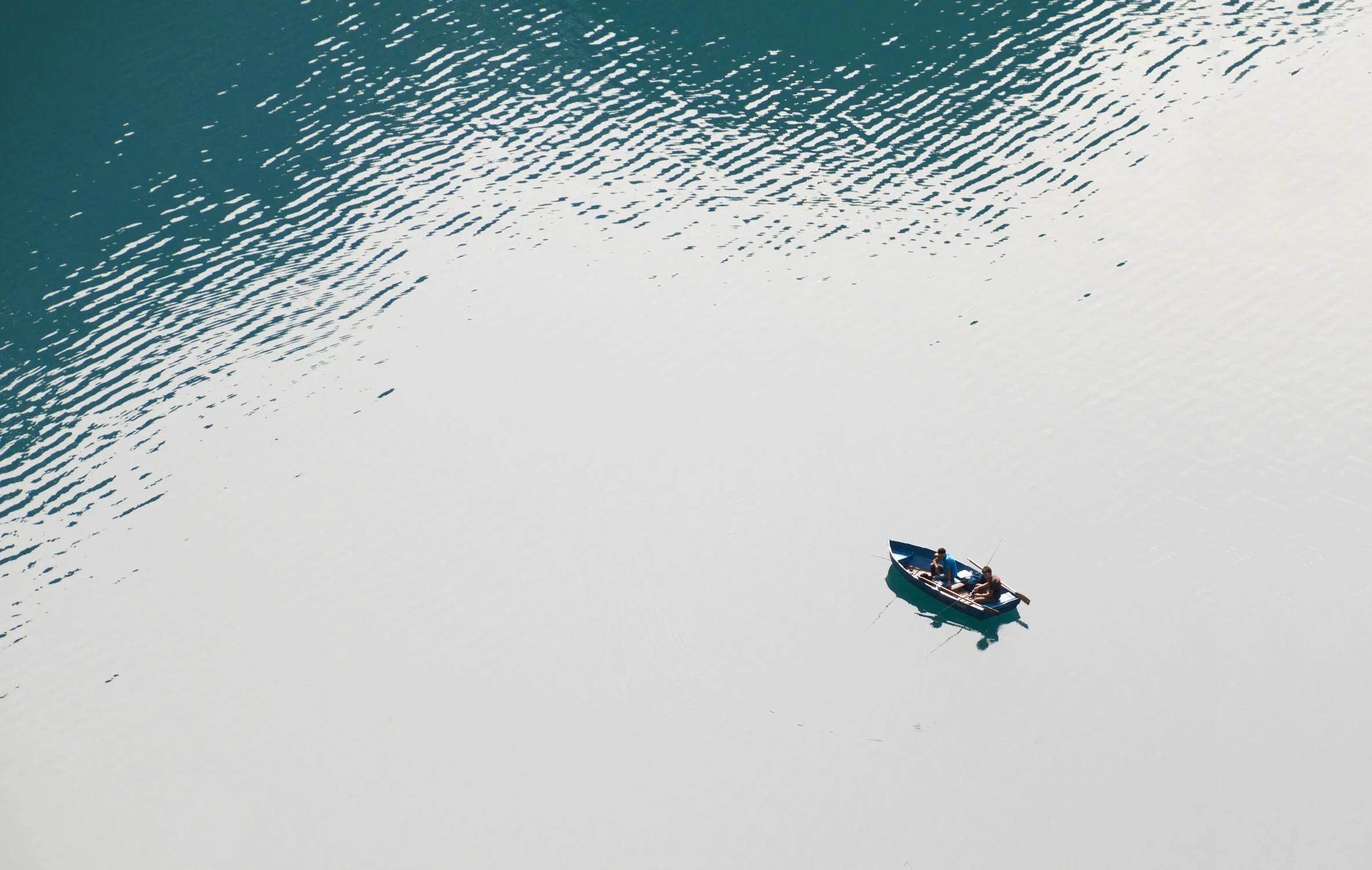
Source: Pixabay/Pexels
Walters continued: “Once established, these fish can outcompete native Colorado species for food and resources.”
The Carp Jokes Started Rolling In
CPW joked in a social media post that the discovery of the large abdominal fish prompted many “Jaws” jokes.
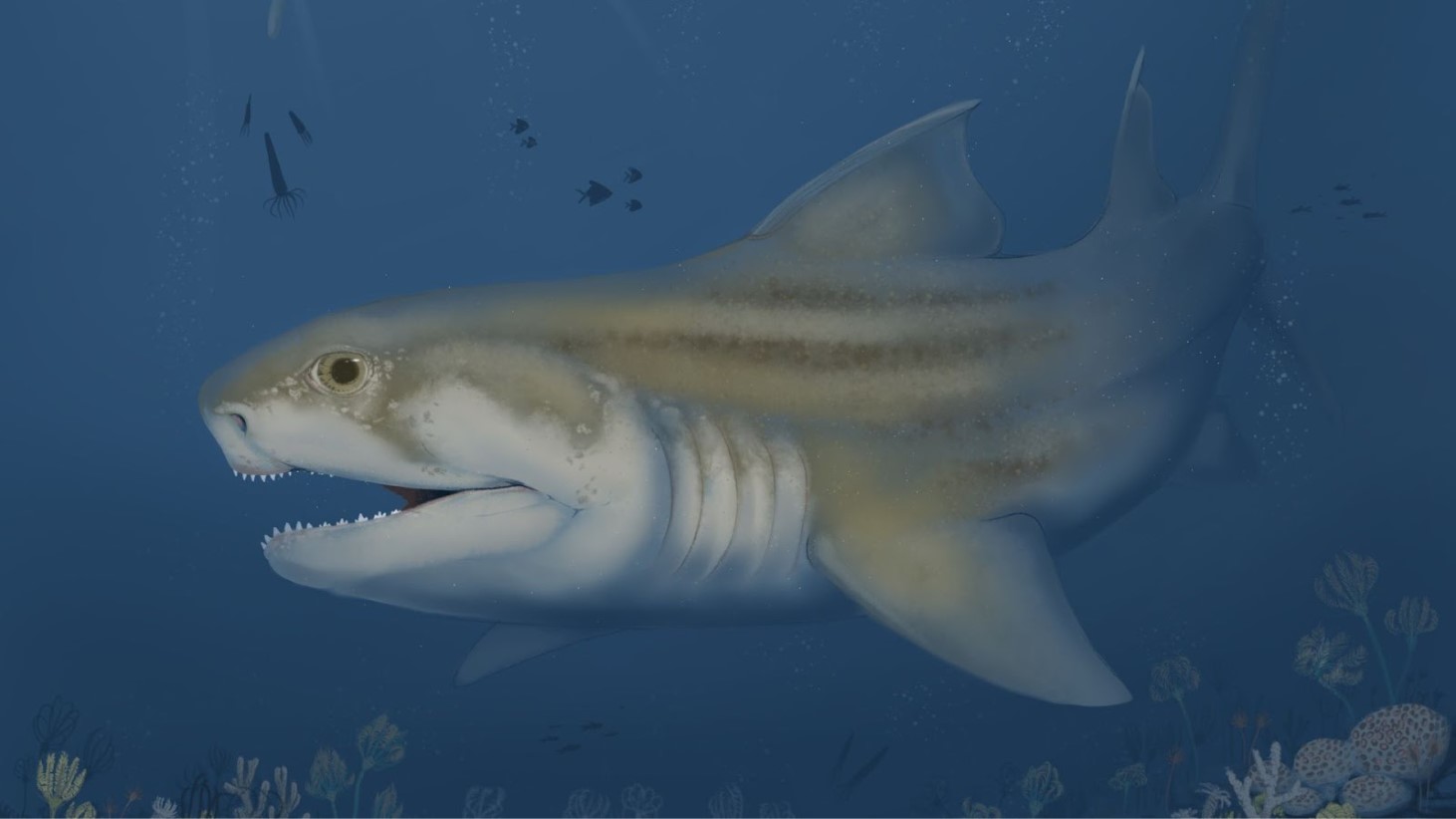
Source: Benji Paynose/NPS
“Jaws” follows a group of anglers who are on the hunt for an abnormally large, man-eating shark that could bring more harm to the beach town as summer approaches.
CPW Is Grateful to the Tip
“This operation all started with a tip from an angler,” CPW District Wildlife Manager for Westminster and Arvada Philip Sorensen said in a press release.
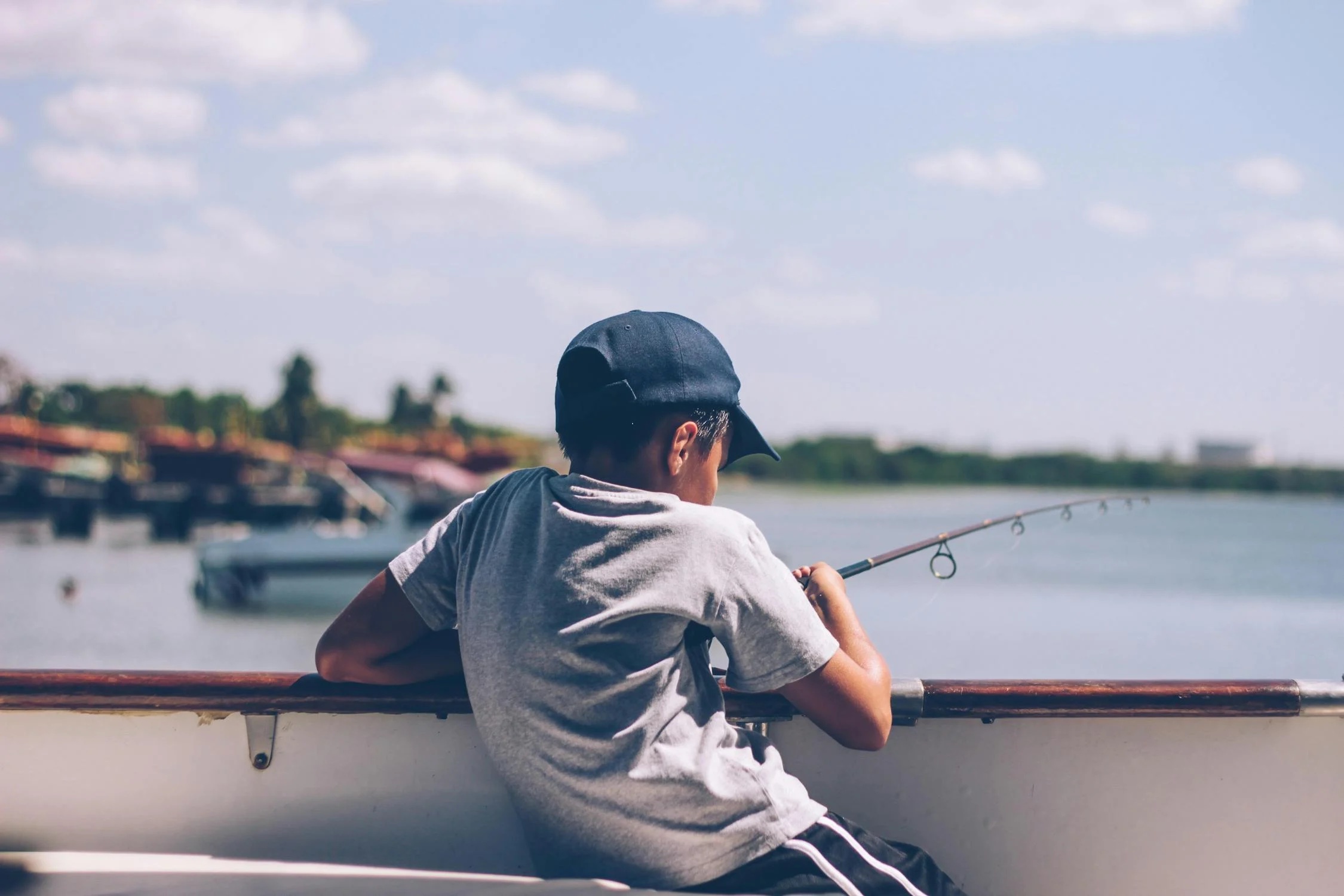
Source: Nubia Navarro (nubikini)/Pexels
Sorensen continued: “We are grateful when the public reaches out to tell us about invasive species in their neighborhoods. We want to know about the presence of invasive species.”
CPW Encourages Reporting Strange Things
“Anglers should report anything strange they see while fishing to CPW,” Van Hoose advised.
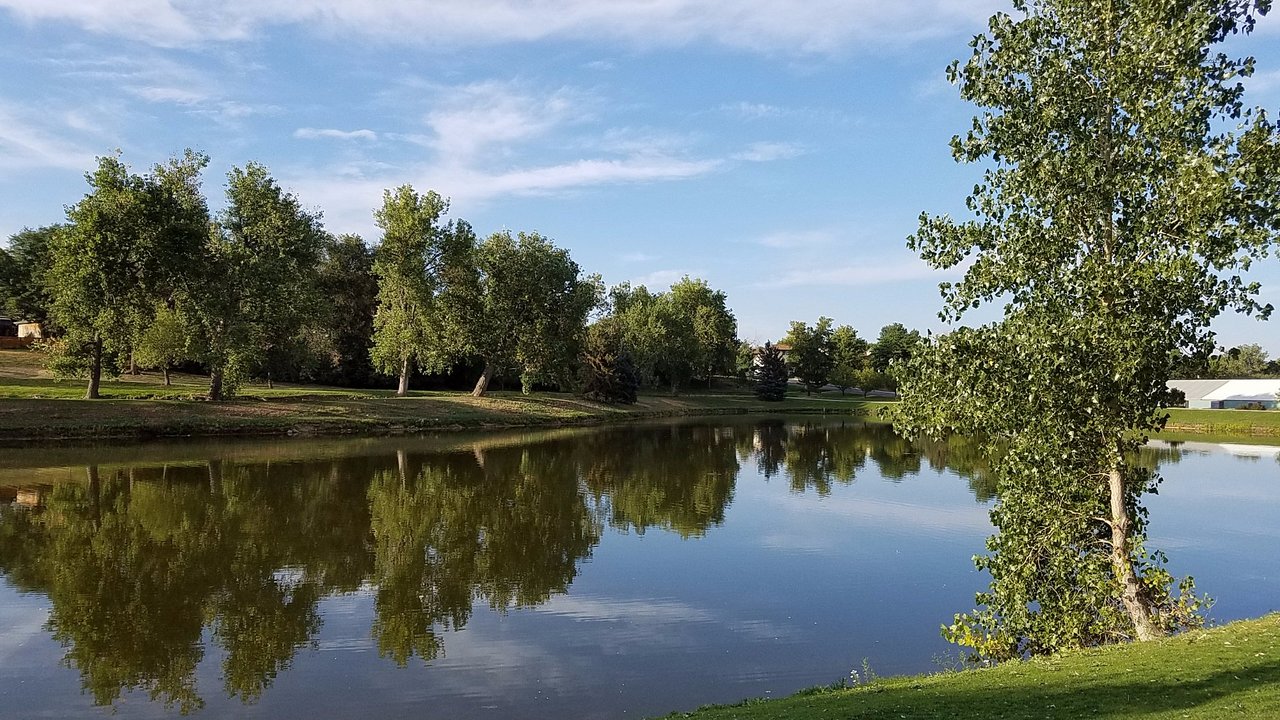
Source: Visit Arvada
Van Hoose continued: “This is a good example of what can happen to fish which don’t have any natural predators in the area and an endless supply of food.”
Another Invasive Species in US Waters
Arvada Park has removed this invasive species of carp, but another US state faces a threat from a different invasive species of carp.

Source: Kate Gardiner/Flickr
Invasive carp, formerly known as Asian carp, threaten South Dakota’s lakes and rivers by limiting the food supply for native fish inhabiting the waters.
America’s Most Unwanted Fish
South Dakota State University is attempting to limit the number of invasive fish by working with South Dakota Game, Fish, and Parks officials so that natural resources remain largely free from one of America’s most unwanted fish.

Source: Nubia Navarro (nubikini)/Pexels
But how did this invasive species of carp become such a problem in the first place? It is due to a mixture of flooding and commercial stock ponds.
How These Invasive Carp Appeared in the US
During the 1970s, people brought fish native to Eastern Asia to the US to help clean commercial stock ponds, aquaculture ponds, and wastewater ponds.
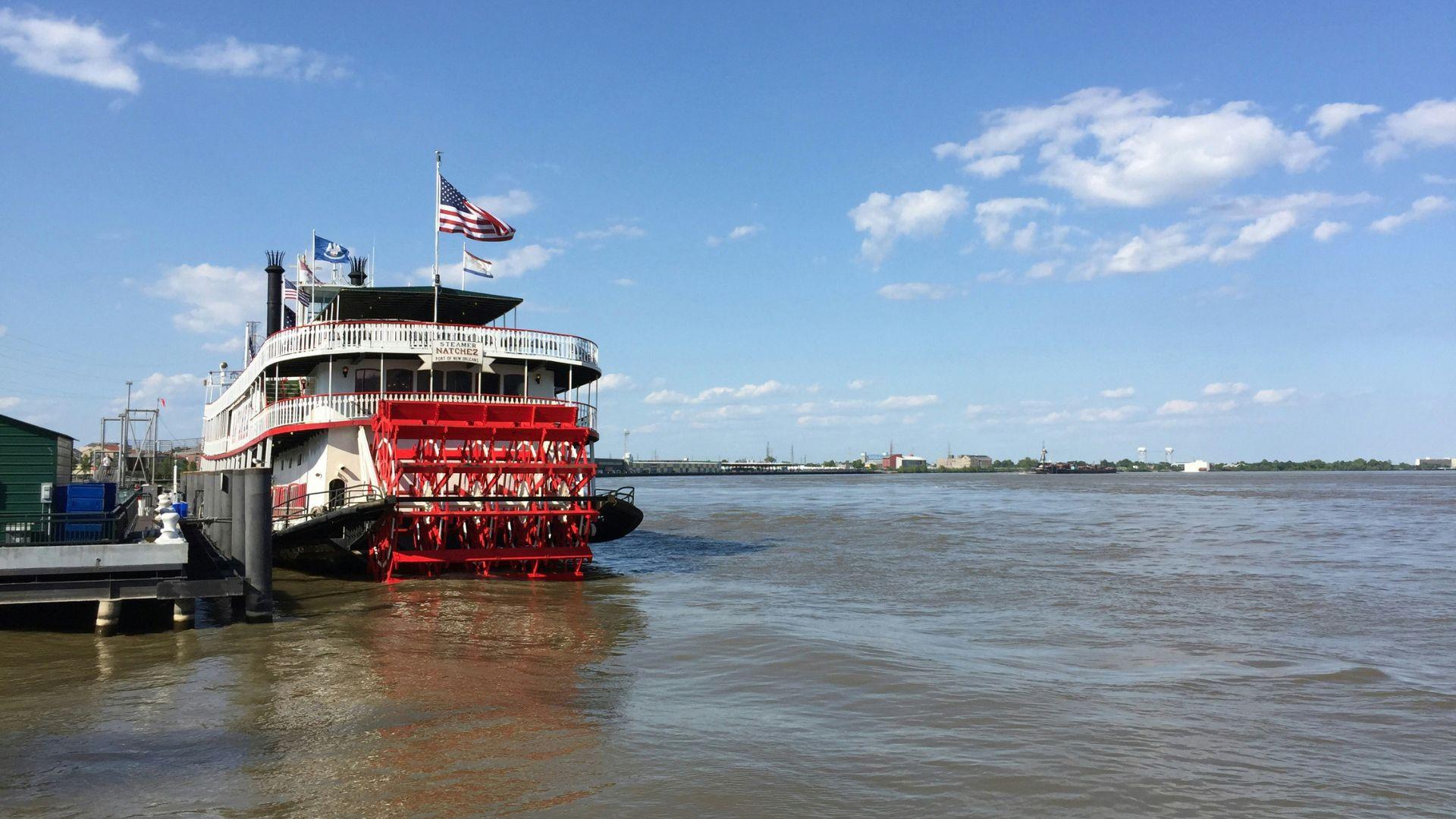
Source: Tomas Martinez/Unsplash
Eventually, floods allowed these fish to escape into nearby rivers and ponds. By the 2000s, the Mississippi River basin, the Missouri River basin, and the Ohio and Illinois rivers all had established invasive carp populations mixed in with their native carp populations.
How the Invasive Species Work
While bighead and silver carp are the most common and abundant types of invasive carp in the US, both species compete directly with native fish but not with each other.

Source: Kate Gardiner/Flickr
Established bighead and silver carp populations can quickly consume a majority of plankton, which squeezes out native fish populations.
The Threat to Native Fish Populations
“What we see from other places is that first, you see changes in your plankton and zooplankton, which overall can mean less food for your native species,” Alison Coulter, an assistant professor in SDSU’s Department of Natural Resource Management, tells SD State News.
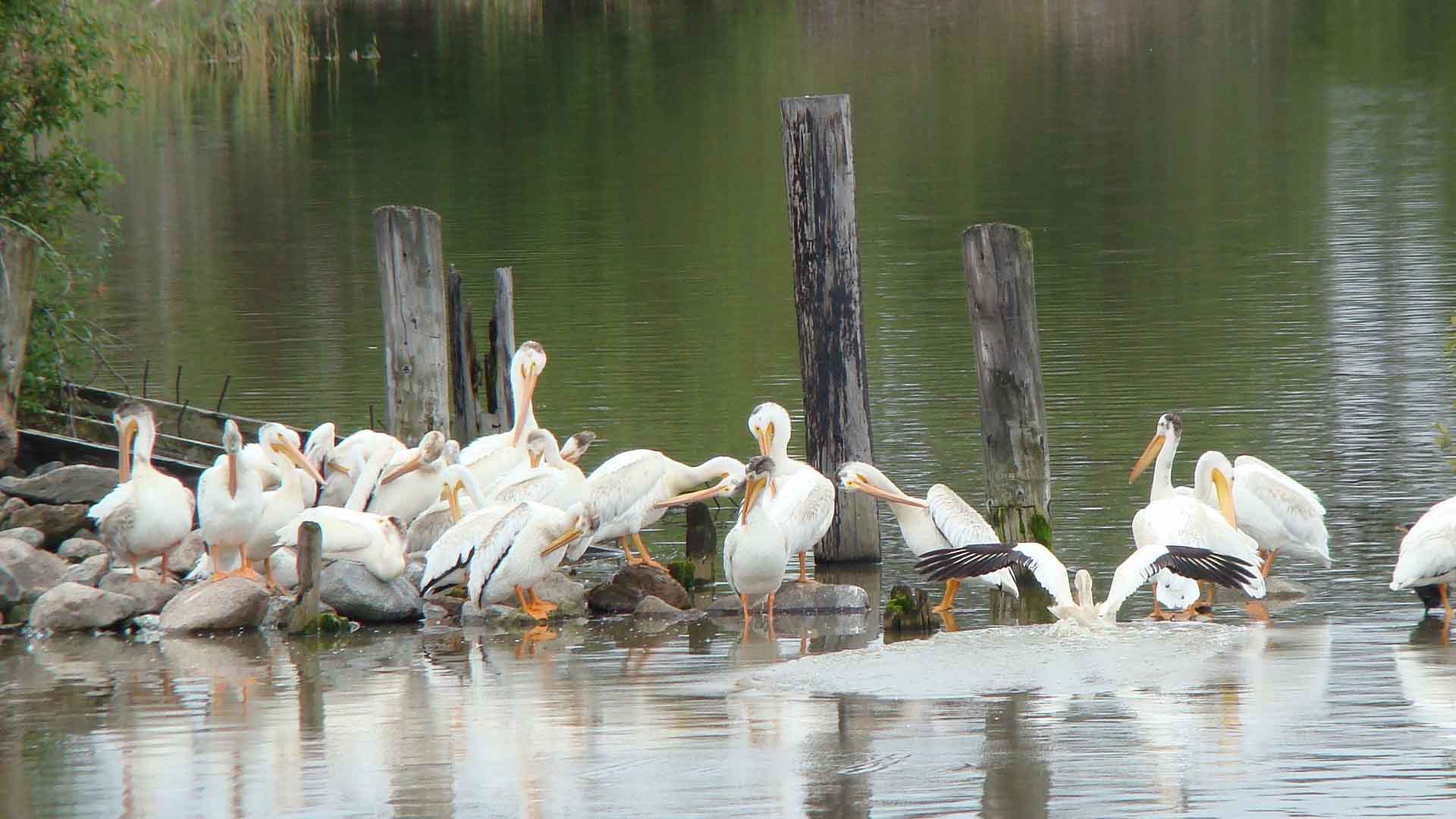
Source: Shahnoor Habib Munmun
“You will then have poorer feeding conditions for the native fish and eventually that will affect the native fish populations.”
No Natural Predators
Once the invasive species have dominated their territory by gobbling up all of the food, these fish can grow quickly. After a while, they become too big to have any natural predators.
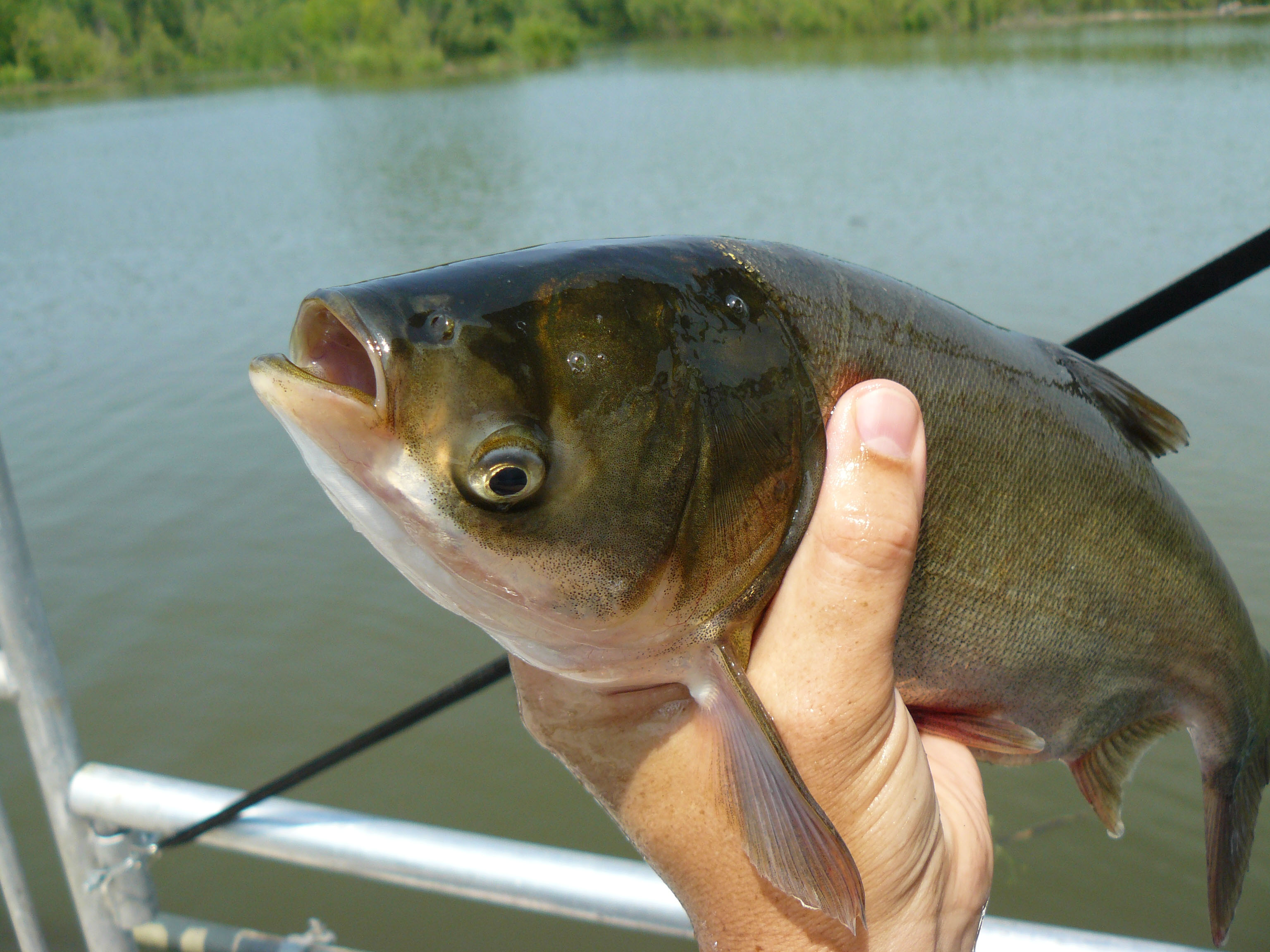
Source: D. O'Keefe, Michigan Sea Grant/Wikimedia Commons
Coupled with their ability to breed quickly, these carp can wreak ecological havoc on waterways once they become established.
Increasing Floods Cause a Problem
In South Dakota, increased flooding over the last two decades has plagued most waters with invasive carp. Some fishers have reported that silver carp, known as “flying carp,” jump into their boats, making it a significant problem.

Source: U.S. Fish and Wildlife Service Headquarters/Flickr
“They’re not a problem anywhere else in the state yet, but if people don’t know about them and what they can do, they could become a growing problem,” Coulter said.
Removing These Carp
However, the carp need to be removed soon before they become a problem. When invasive carp become entrenched in a waterway, they are nearly impossible to fully remove.

Source: Quang Nguyen Vinh/Pexels
This is why Coulter and her team are working to create preventative measures to halt carp invasions.
The Billion Dollar Threat
In Chicago, officials are spending billions of dollars on special barriers to prevent invasive carp from entering the Great Lakes.

Source: engin akyurt/Unsplash
Officials are eager to implement this preventative measure because they fear the carp could cause more than $7 billion in damage to the commercial fishing industry and $10 billion to the tourism industry if they become entrenched in the Great Lakes.
Another Way These Fish Are Moving
These fish move from one body of water to another by swimming through floodwaters or open waterways, or by humans physically moving them.

Source: Nicole Avagliano/Pexels
Coulter and her team have created projects to address both challenges.
Refreshing Anglers’ Skills
“Anglers should have a good understanding of what the regulations are,” Coulter said.
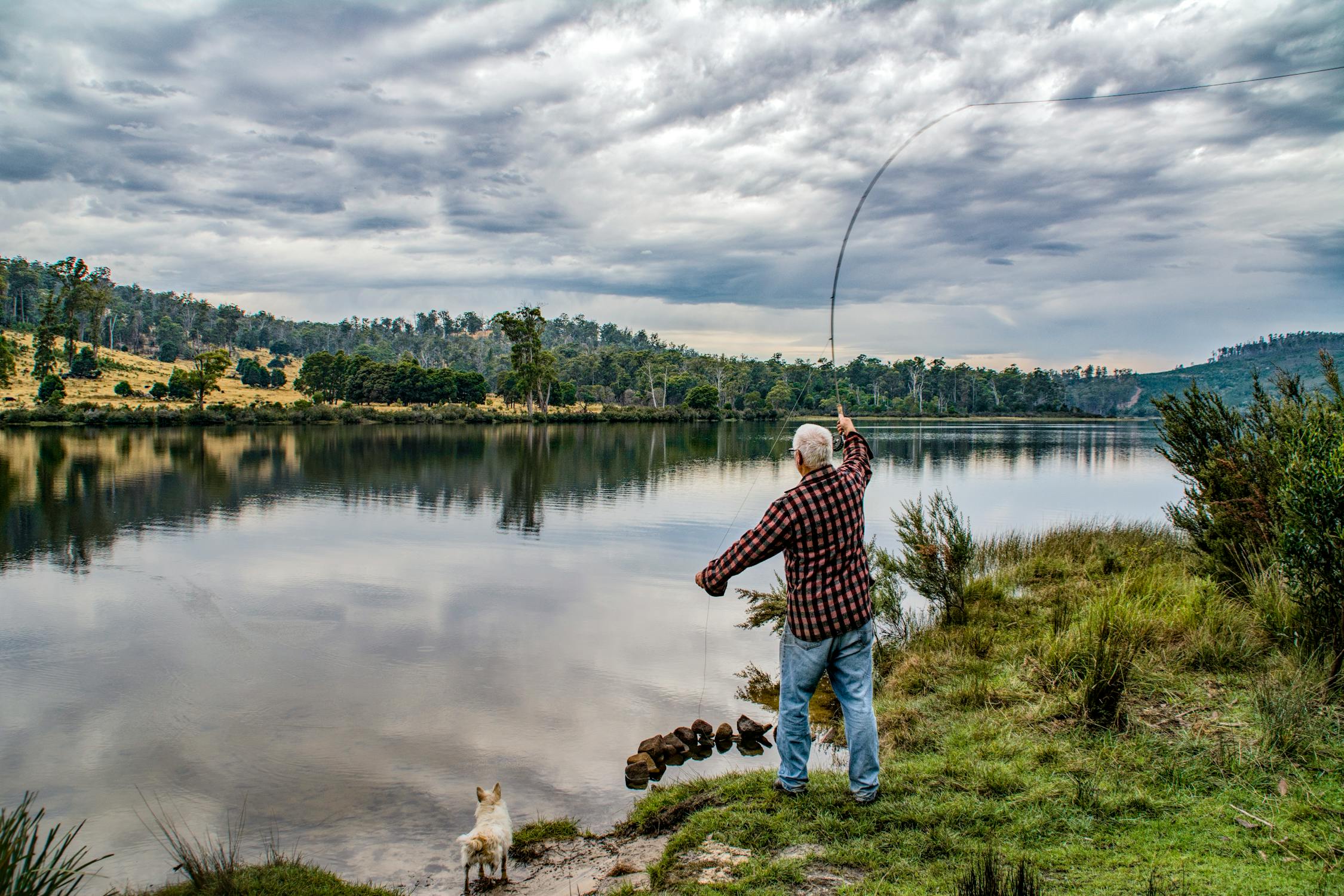
Source: Kathryn Archibald/Pexels
“For example, in South Dakota, you are not supposed to catch live bait for yourself at one waterbody and move it somewhere else. Nor are you allowed to release live bait.”
How You Can Help Remove Invasive Carps
Some preventative measures could include refreshing anglers’ knowledge of state fishing laws, best practices for disposing of live bait, and fish identification.
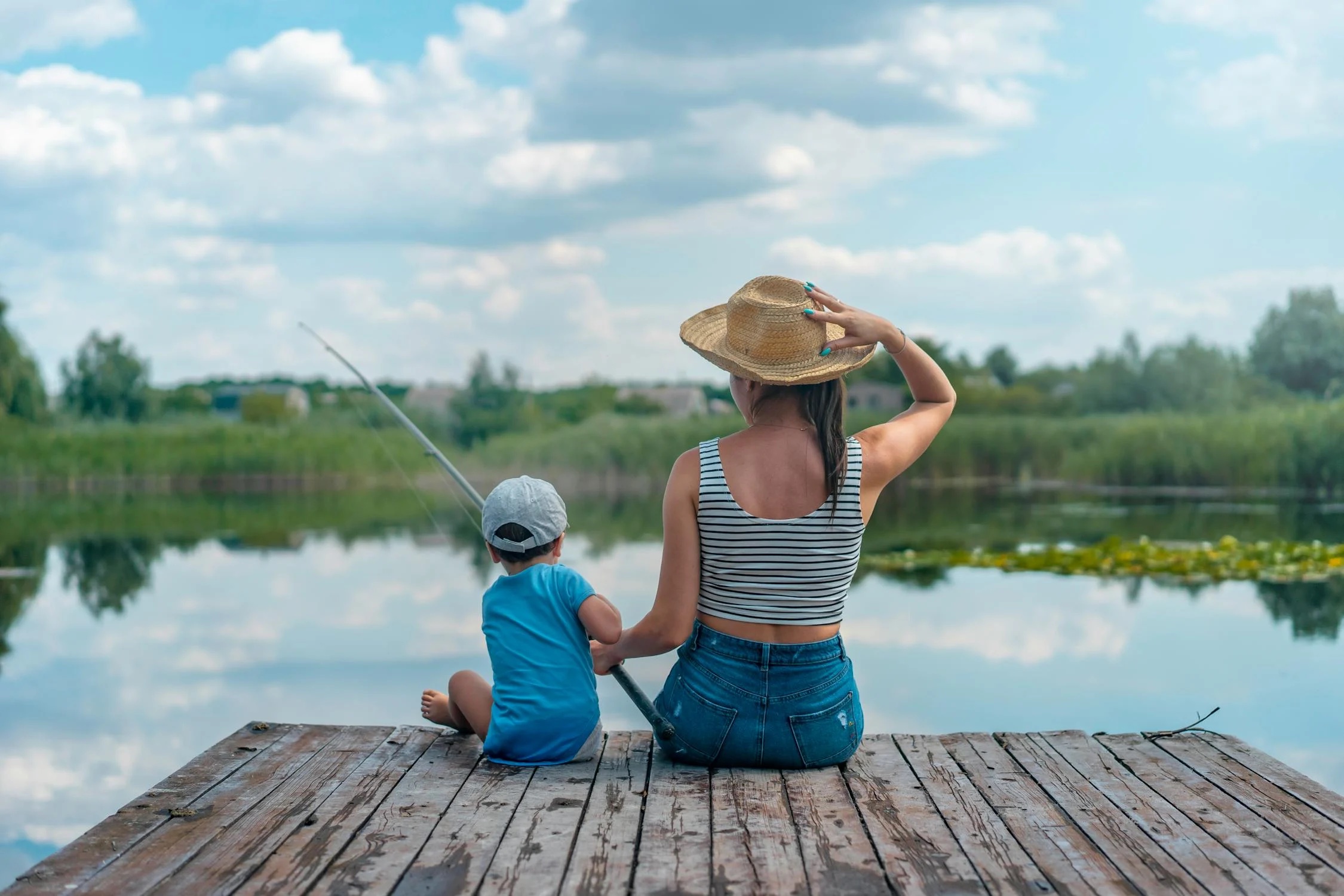
Source: Oleksandr P/Pexels
Many people catch invasive carp but often do not eat them because they mistakenly identify them as common carp, which are considered to have very poor taste. Coulter believes that anglers would keep the invasive carp, which taste similar to tilapia if they knew what was on the other end of their line.
